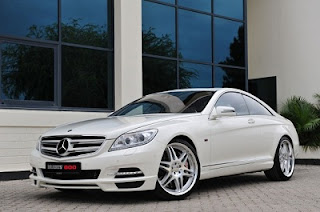While we were expecting the North American launches of the 911 Carrera GTS and the 911 Speedster at the Los Angeles Auto Show, we’re happy to report that Porsche also took the wraps off the hopped-up Cayman R, which is very much in the same vein as the Boxster Spyder but is intended to please hardtop purists.
Porsche’s mid-engine sports coupe, the Cayman, already comes as a spicier Cayman S. It has 320 bhp, 55 more than a standard Cayman, and it has 273 lb.-ft. of torque versus 221. The new 2012 Cayman R notches it up a bit higher with 330 bhp at 7400 rpm and 273 lb.-ft. of torque at 4750 rpm. The boost in power comes from a revised tune of the direct-injected 3.4-liter flat-6 engine. Porsche claims the R hits 60 mph in 4.7 seconds when equipped with the standard 6-speed manual transmission and 4.4 sec with the 7-speed automated gearbox.
Even more noticeable than the power, though, is the weight-reduction program. Dropping an incredible 121 lb., the Cayman R comes in at a reported 2849 lb. Getting the car’s weight down that low means that compromises and sacrifices were made, and we’re not sure that every driver would be willing to make them.
Take, for example, the air conditioning and radio; they’re gone. Serious track-day fiends certainly will appreciate those efforts, which are complemented by aluminum door skins and carbon-fiber interior panels and seatbacks from the 911 GT3. The beautiful 19 in wheels may look familiar—they’re from the Boxster Spyder.
There are changes that add performance, too. The suspension is lowered by 20mm and the Cayman’s optional limited-slip differential, a must-have option in our opinion, is standard on the R, as are the front and rear spoilers from the Cayman Aerokit. Sport Chrono is optional, although we feel this should be standard.
Visually, there’s a large black Porsche graphic just above the rocker panels and black surrounds on the headlights and windows. What’s more, the side mirrors and vents in front of the rear wheels are blacked-out.
Altogether, we like what we see—a lightweight pure sports car that’s a modern-day hardtop interpretation of the 550 from the 1950s and the 904 from the 1960s. The 2012 Porsche Cayman R will be available in February for a starting price of $66,300.






























